A dissertation that, in the context of the ecological crisis, caused by the meat industry, explores a sustainable solution to the issue of alimentation for the ever-growing population.
-text by the authors
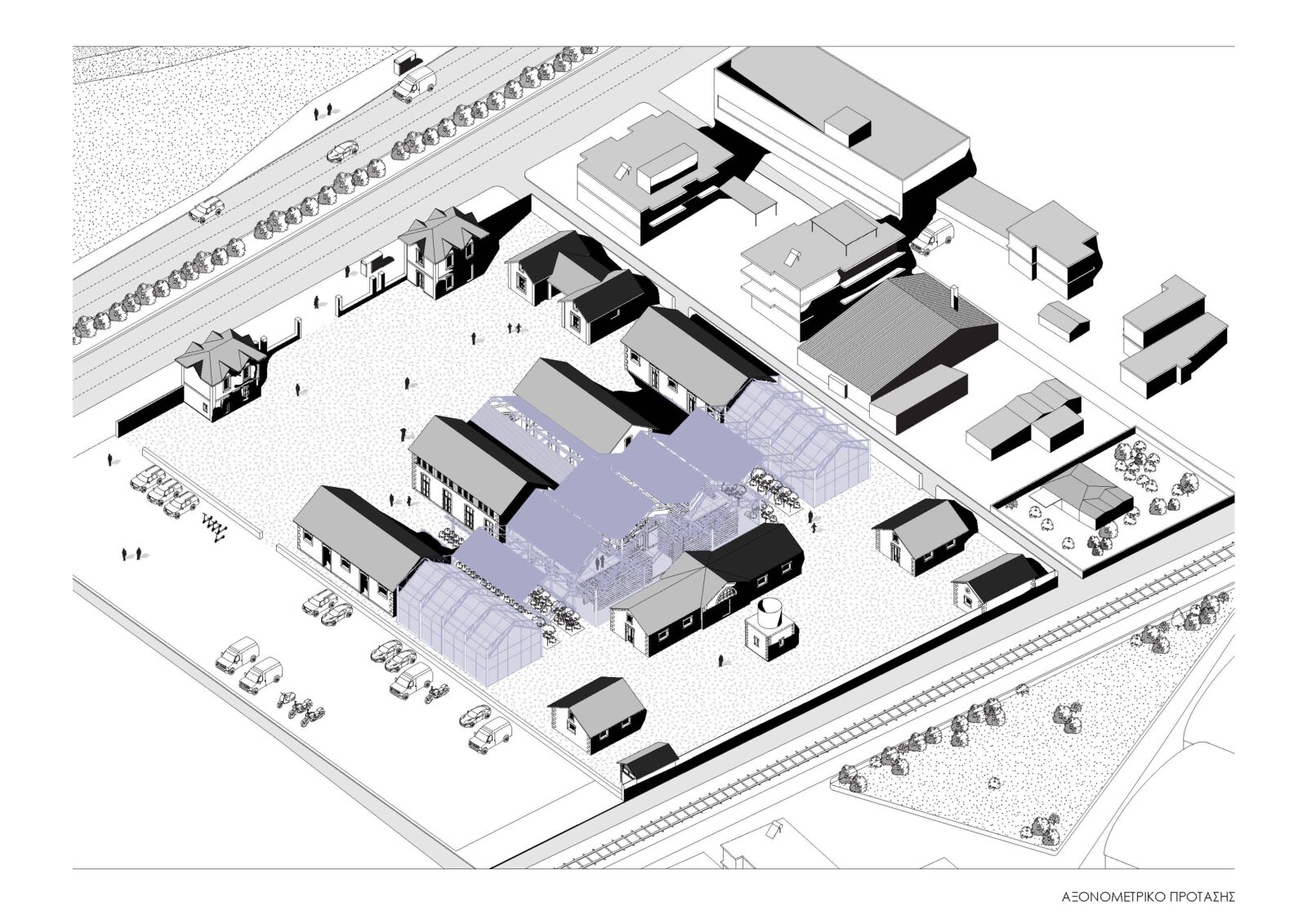
The design consists of an urban cultivation fully aligned with the technological advancements of the 21st century. How is architecture involved in a new automated landscape of production?
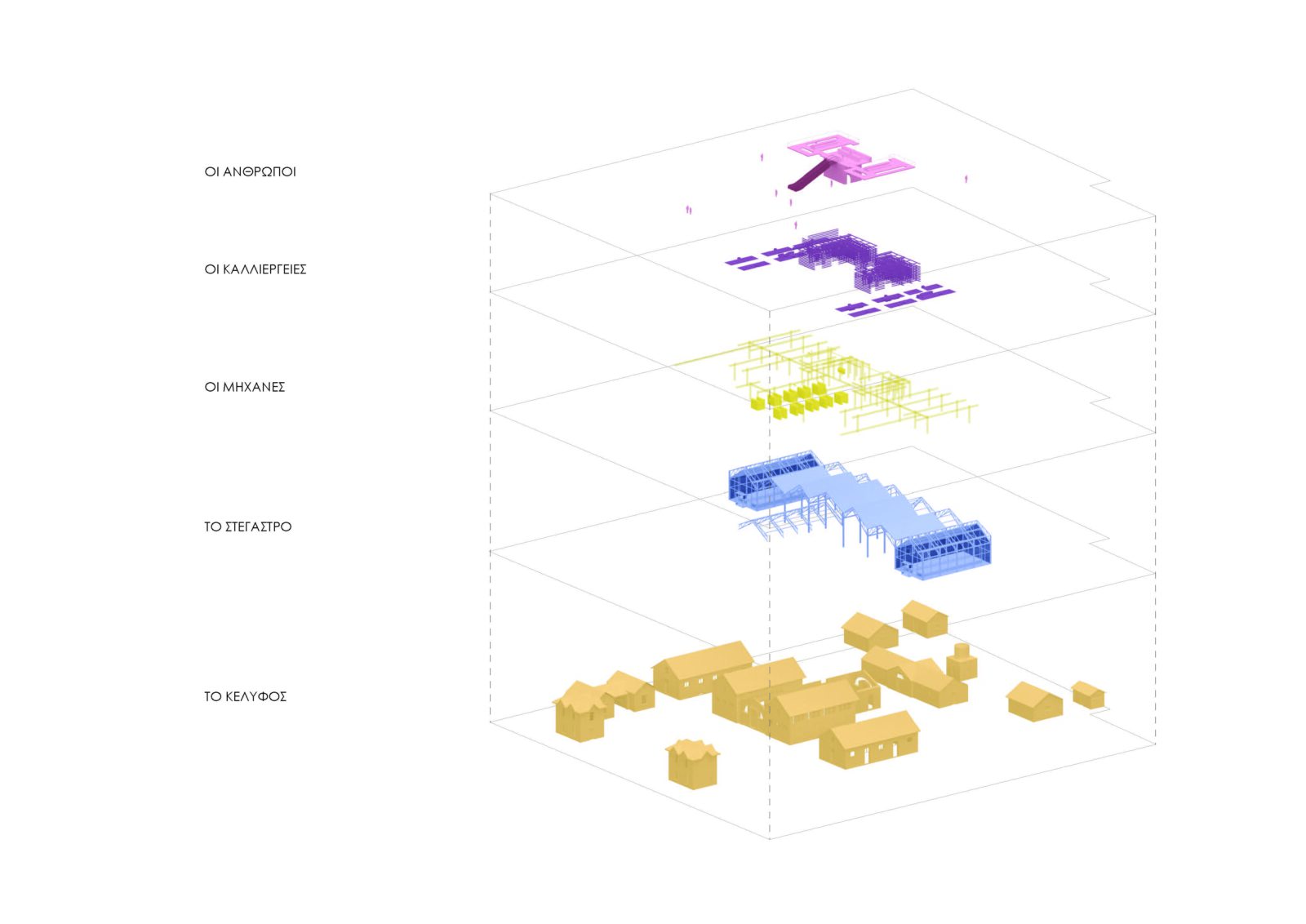
High demands and the estimated growth of population until 2050, will put pressure on agriculture and the agricultural industry. Thus agriculture will take the leading role as food provider. As a result agriculture will need to evolve into a high-tech industry with automation and data collection systems to meet the increased demands, using technologies of the on-going fourth industrial revolution. For example robots and artificial intelligence, which are undoubtedly capable of redefining agriculture.
The current issue is whether and how architecture will take part in this unprecedented merge.
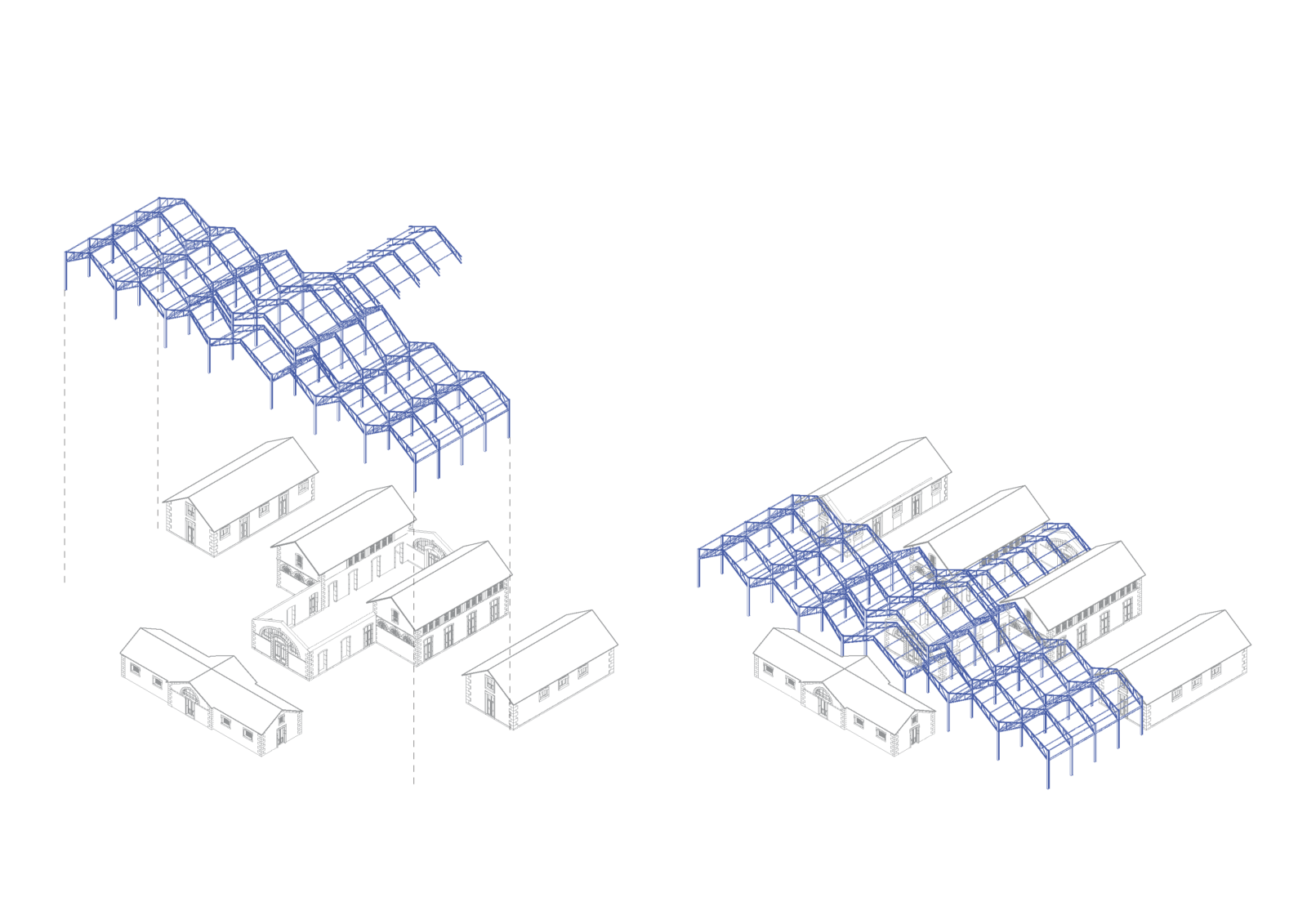
Within this dissertation, the interdependent relationship between humans and robots in the context of automated production and consumption systems is explored. In further detail, we designed an automated industrial cultivation inside the urban tissue of Patras, Greece. The cultivation is an addition to the buildings of the city’s old slaughterhouse, within a shed. On the verge of new and old building, a new type of urban market, the “Agora”, is created, connected with a restaurant.
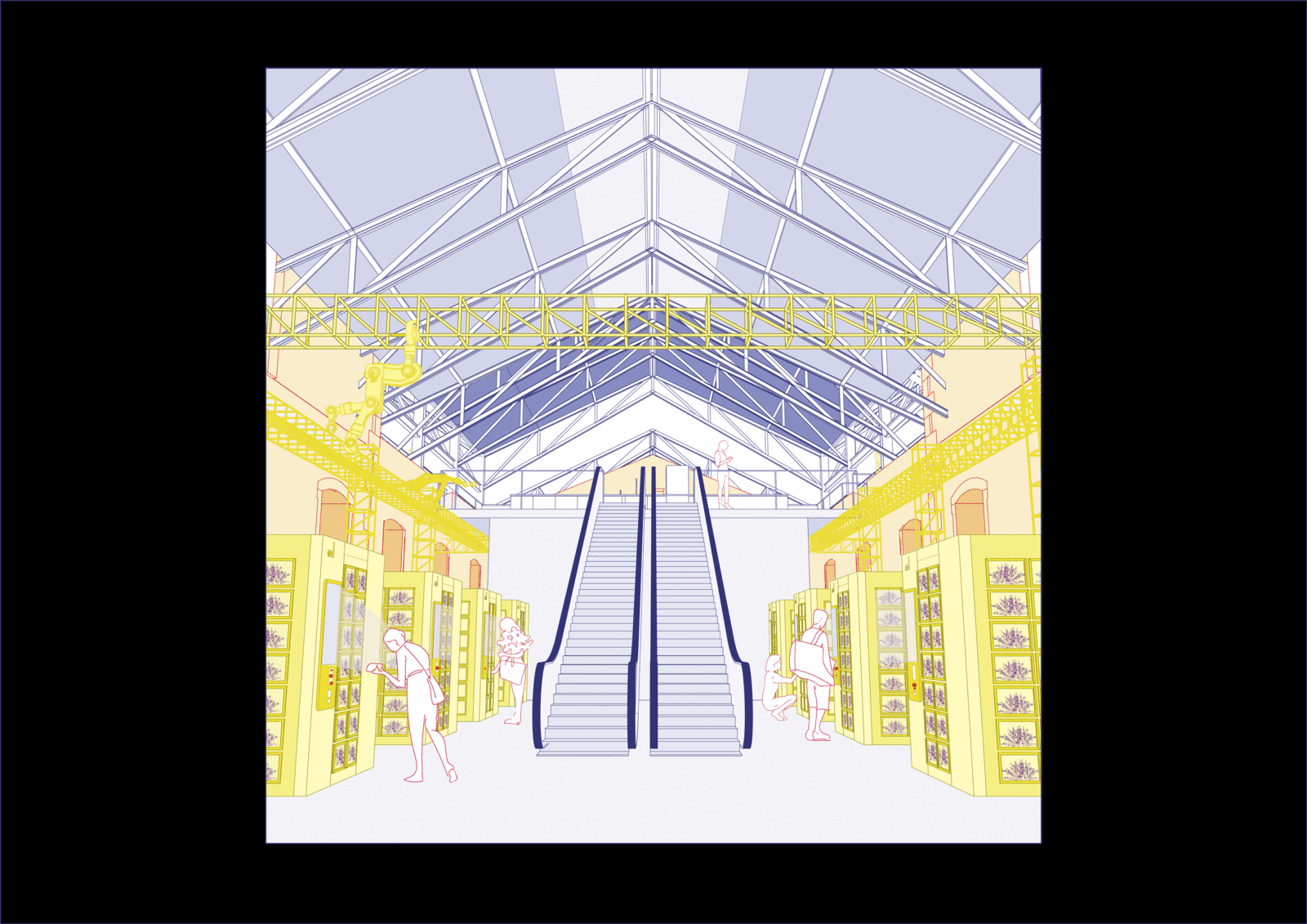
Food production is done through cultivation of plants. In order to ensure a sufficient harvest throughout the year, the production is divided into three types of crops. The first is the greenhouse, is the seasonal garden, vertical farming.
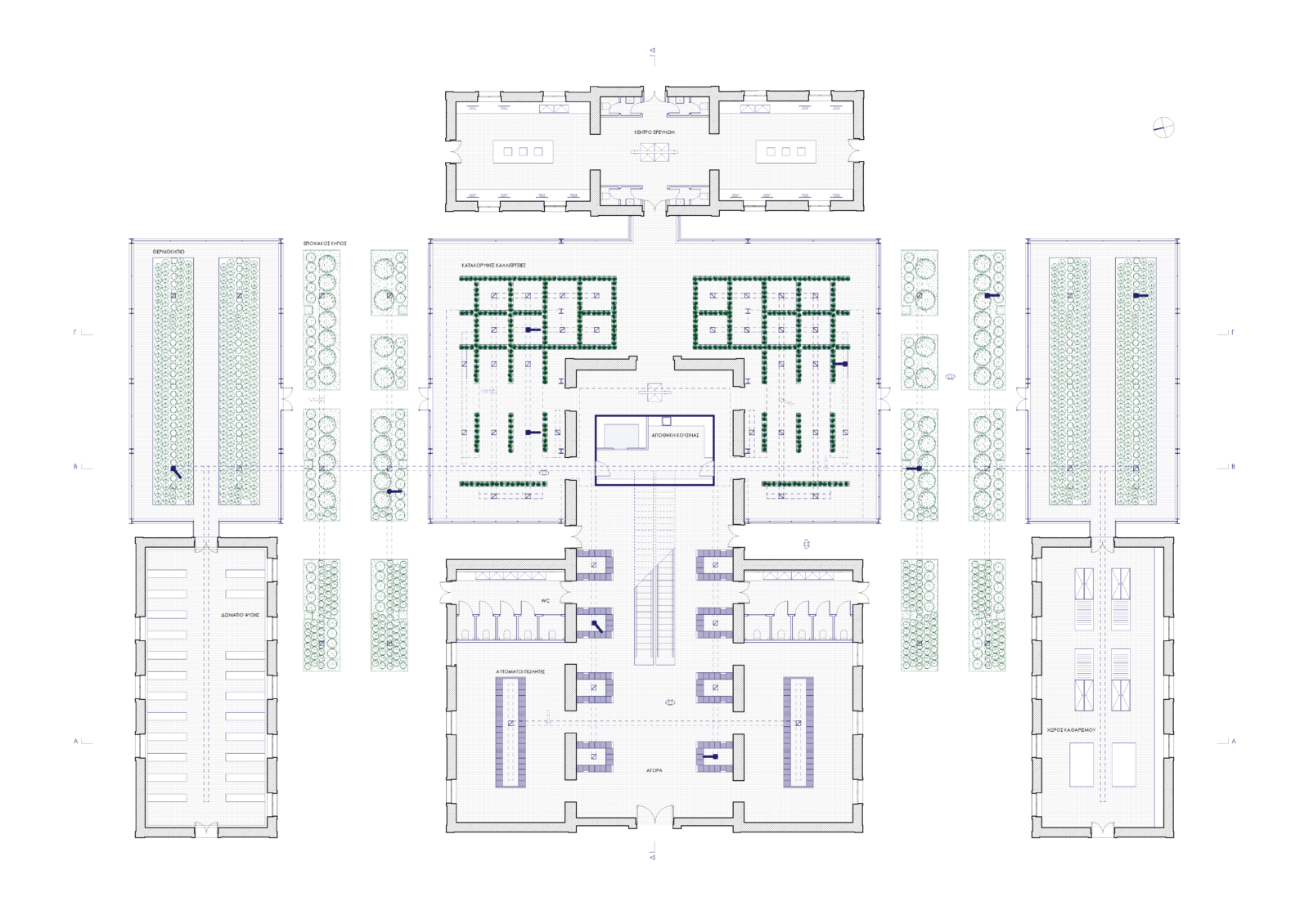
This retrofit unit is a collaboration space for humans and robots. Machines are taking leading roles in food production. The machine’s frontrunner, is the robotic arm. Each arm has two outlets, a watering can and a caliper. In farming, robotic arms act as workers, and take on jobs such as planting, maintaining, watering and harvesting. Through the network of guides spread inside the site, the arms have direct contact with all the areas of cultivation.
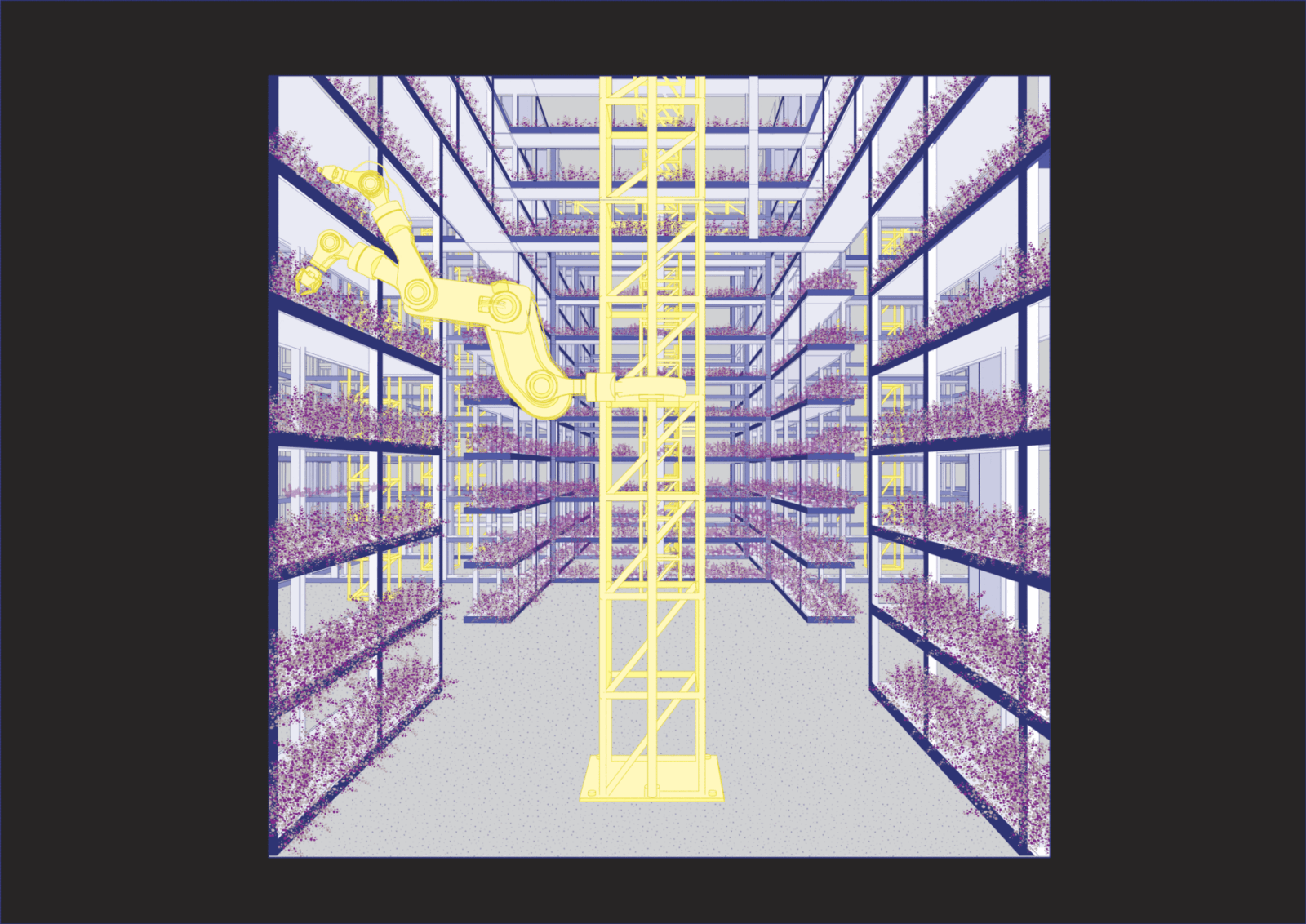
Inside this new urban cultivation, humans and robots coexist. Human visitors have two points of interest. The market, which is placed inside the central old building and the restaurant, which is situated over the cultivations inside the new building. The key element of the proposal is the proximity of these different programs in order to make visual contact with each other. The user dines in the restaurant and has direct visual contact with the origin of his food. In the same space where people once slaughtered animals, concealed from the public eye, humans now sit and observe the robotic arm collecting the harvest with predetermined movements.
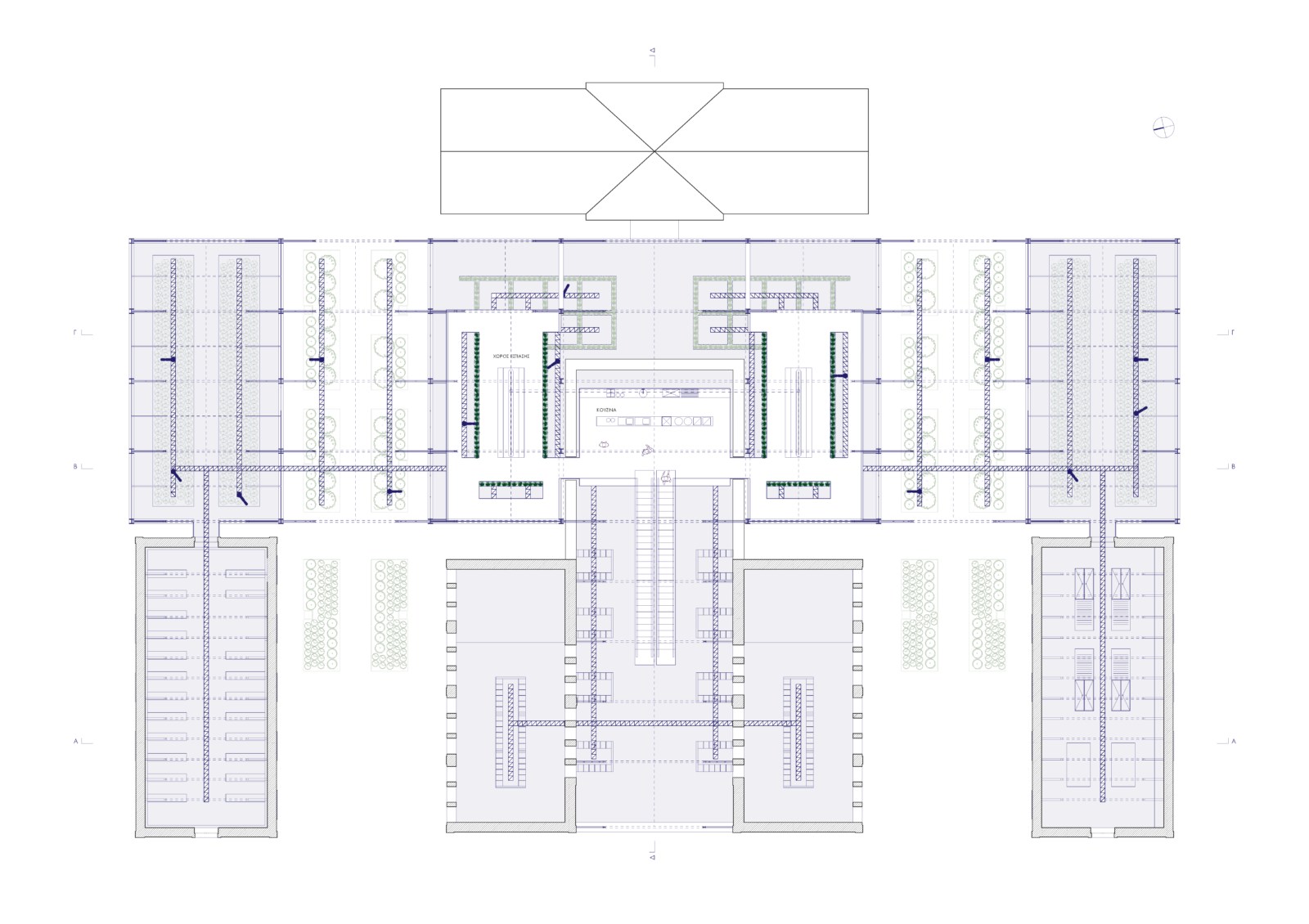
The visitor buys products from a vending machine, orders food from a screen, receives his order from a conveyor belt and meanders between crops and robots. Divergent elements are combined under one roof, creating a new type of building. A redefined harmony of existing elements.
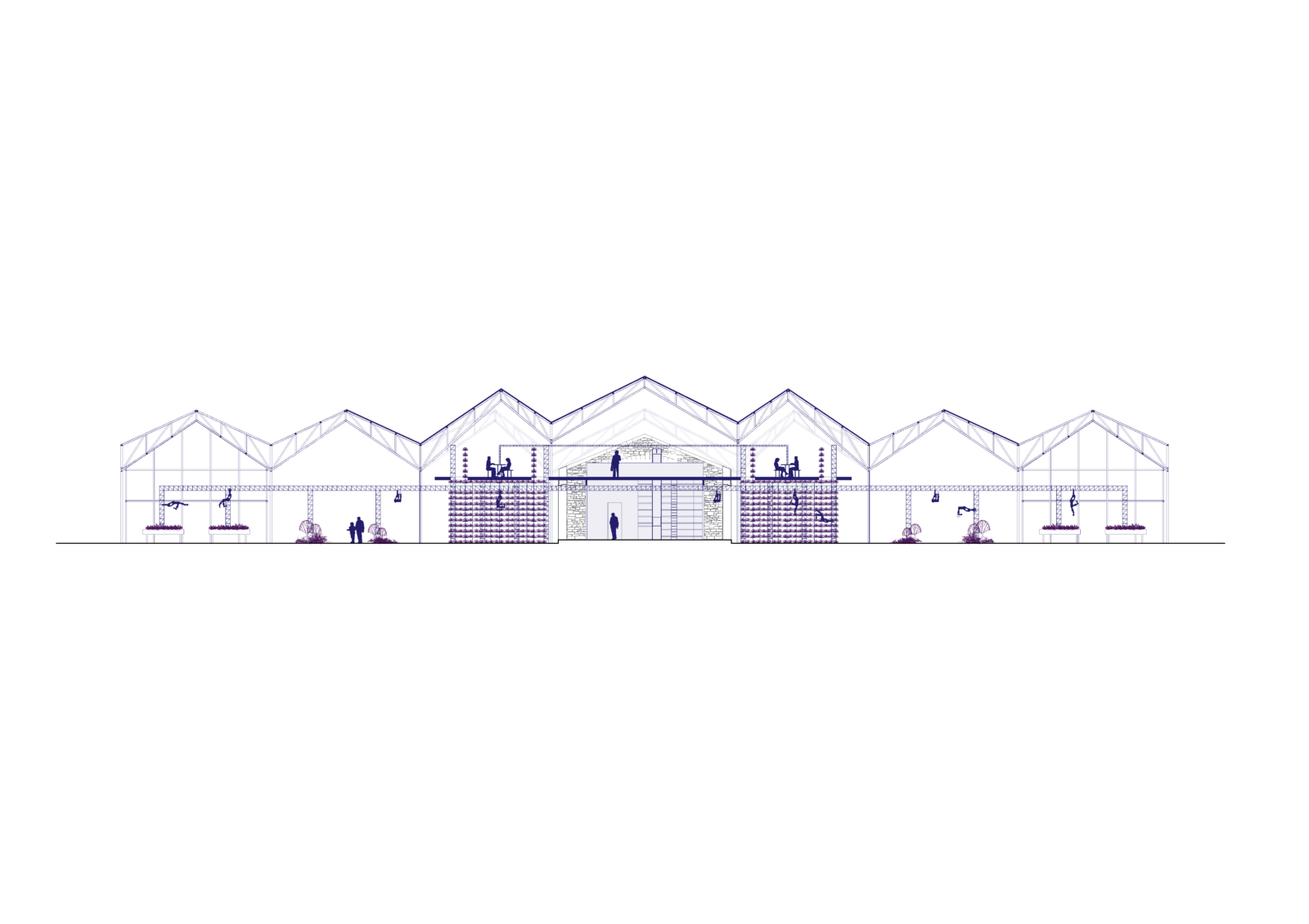
While historically in architecture the human body was the main source of inspiration and until today it was at the center of every design process, architecture is now faced with the possibility to explore post-human situations. Critically analyzing these post-human landscapes where humans and non-humans meet and collaborate is a first step in exploring future situations where bodies, whether human or robotic, engage in forms of symbiosis.
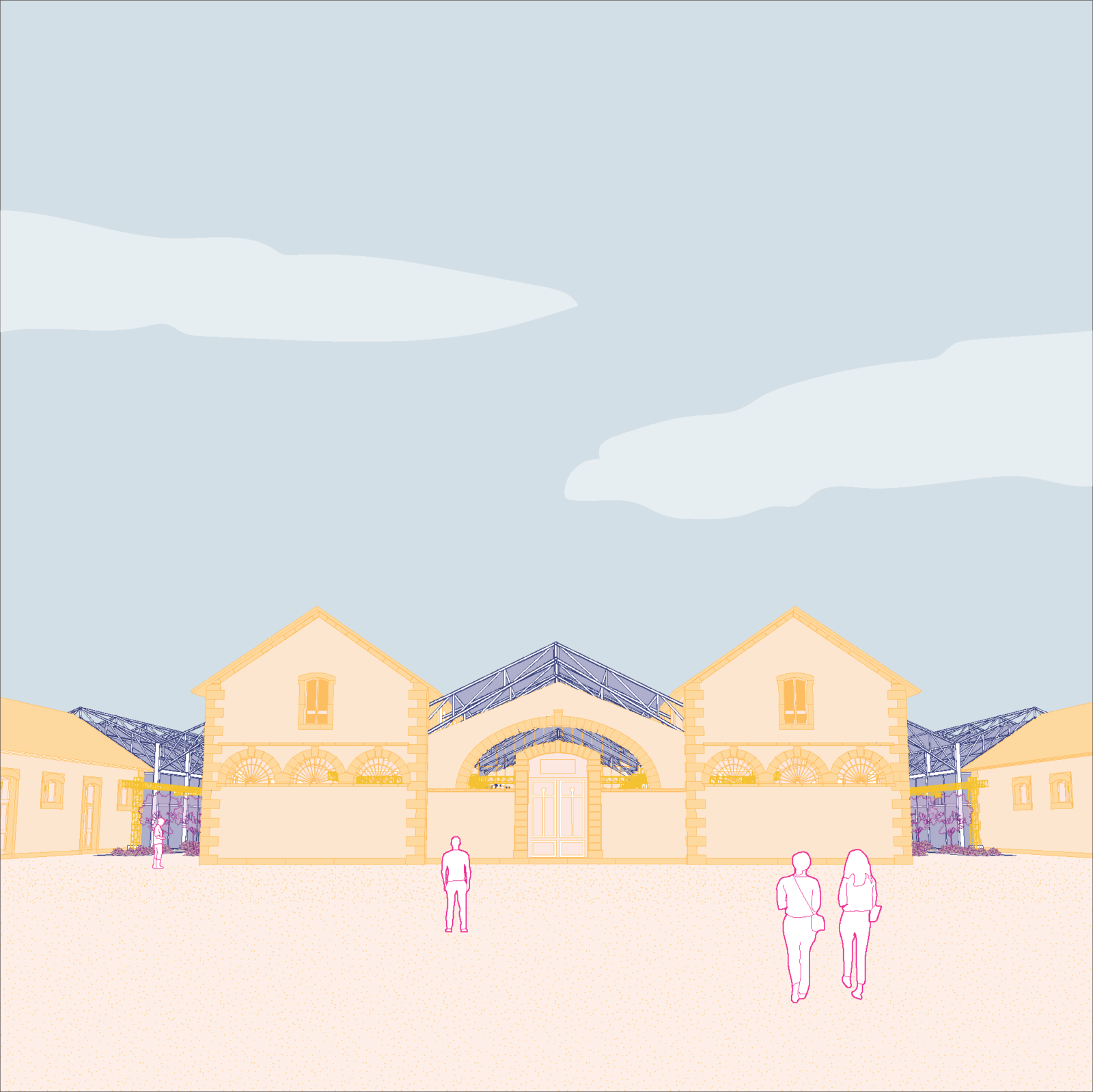
Facts & Credits
Project title: Automated foodscapes : redefining culinary landscapes
Project type: Diploma thesis project
Project team: Sapountzi Alexandra, Togia Margarita
Supervisors: Panos Dragonas
University: Architecture department, National Technical University of Patras
Μια διπλωματική εργασία που με αφορμή την οικολογική κρίση που προκαλείται από την βιομηχανία του κρέατος, μελετά μια βιώσιμη λύση στο πρόβλημα της διατροφής του διαρκώς αυξανόμενου πληθυσμού.
-κείμενο από τις δημιουργούς
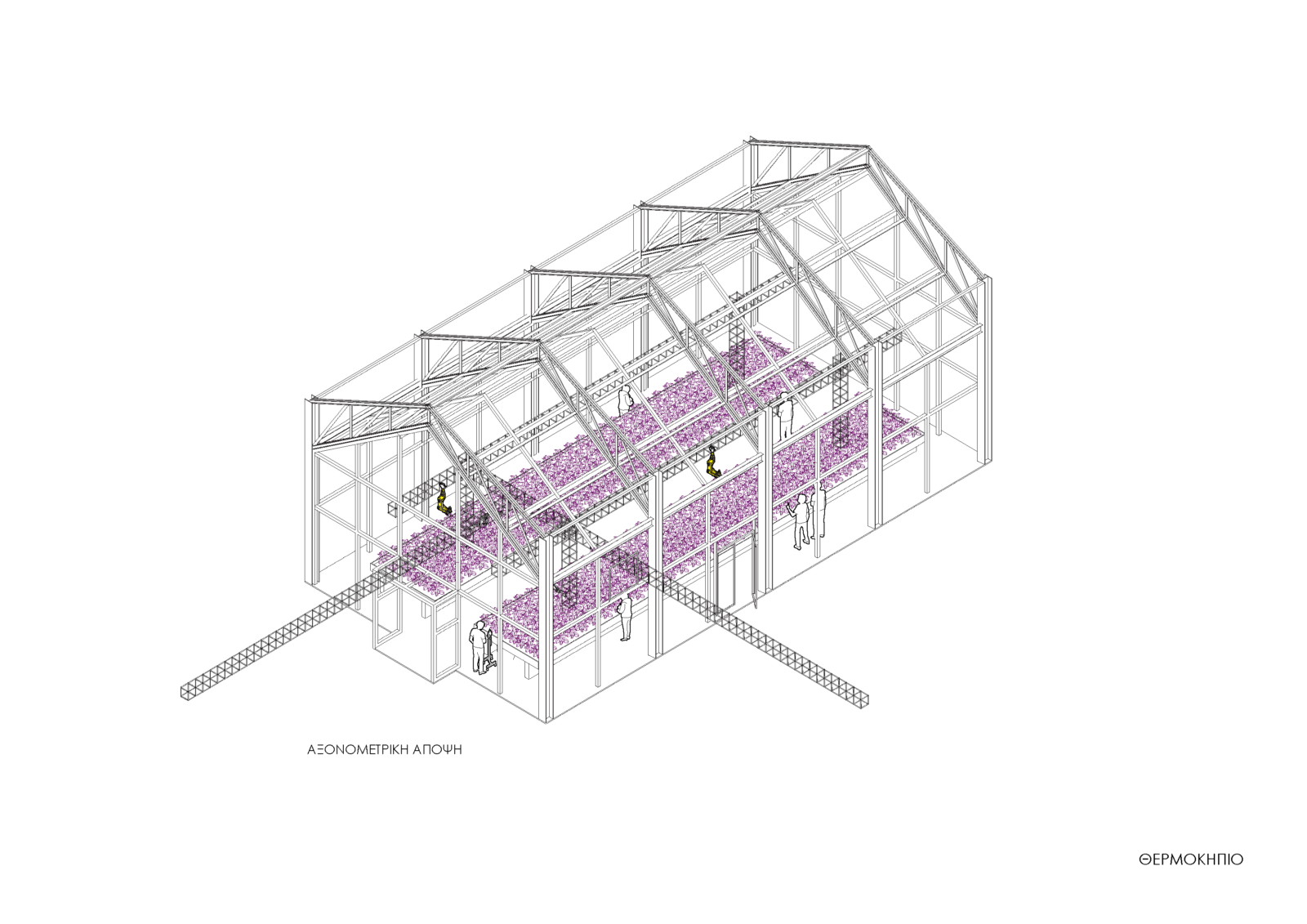
Πώς η αρχιτεκτονική εμπλέκεται σε ένα νέο αυτοματοποιημένο τοπίο παράγωγης;
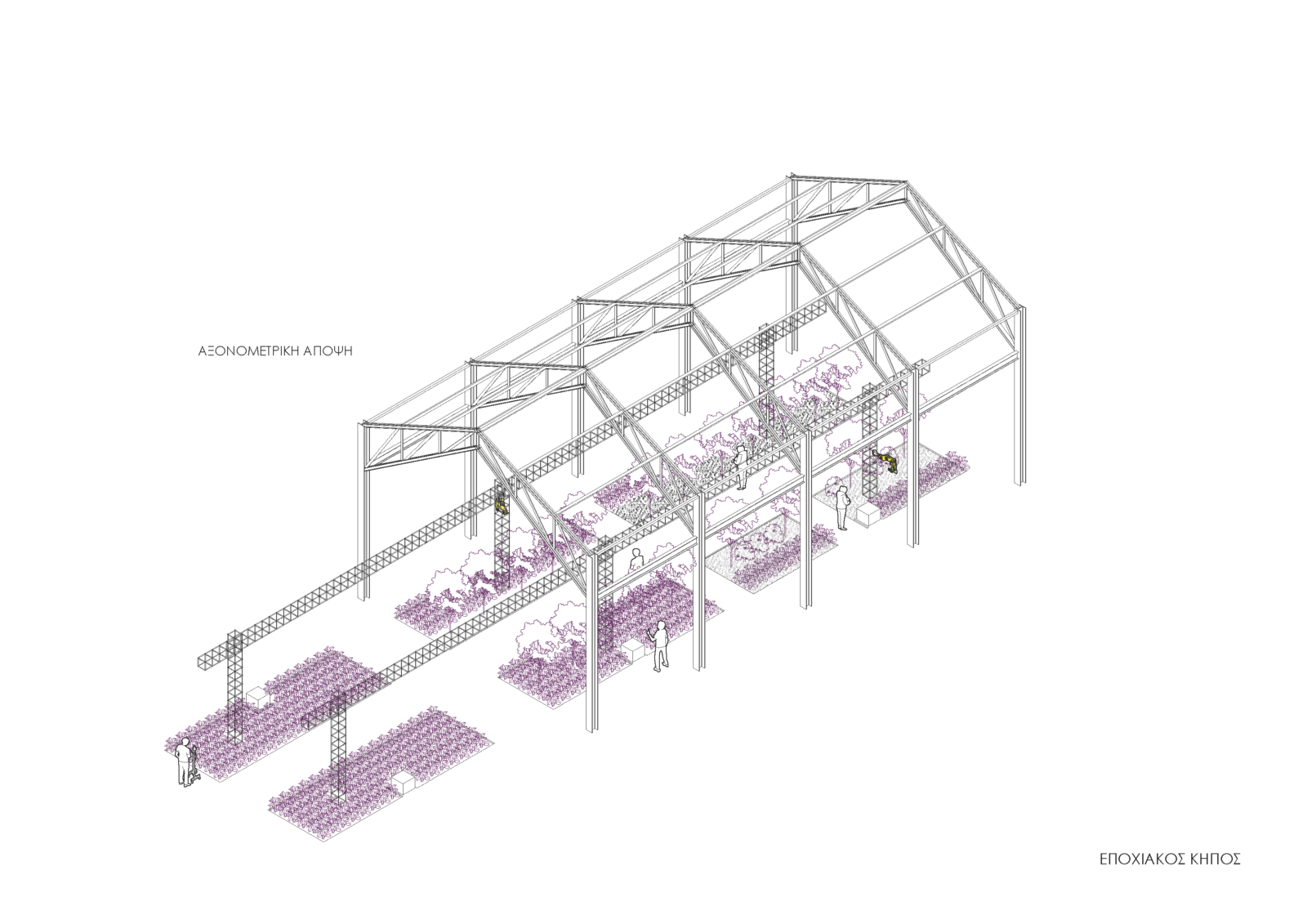
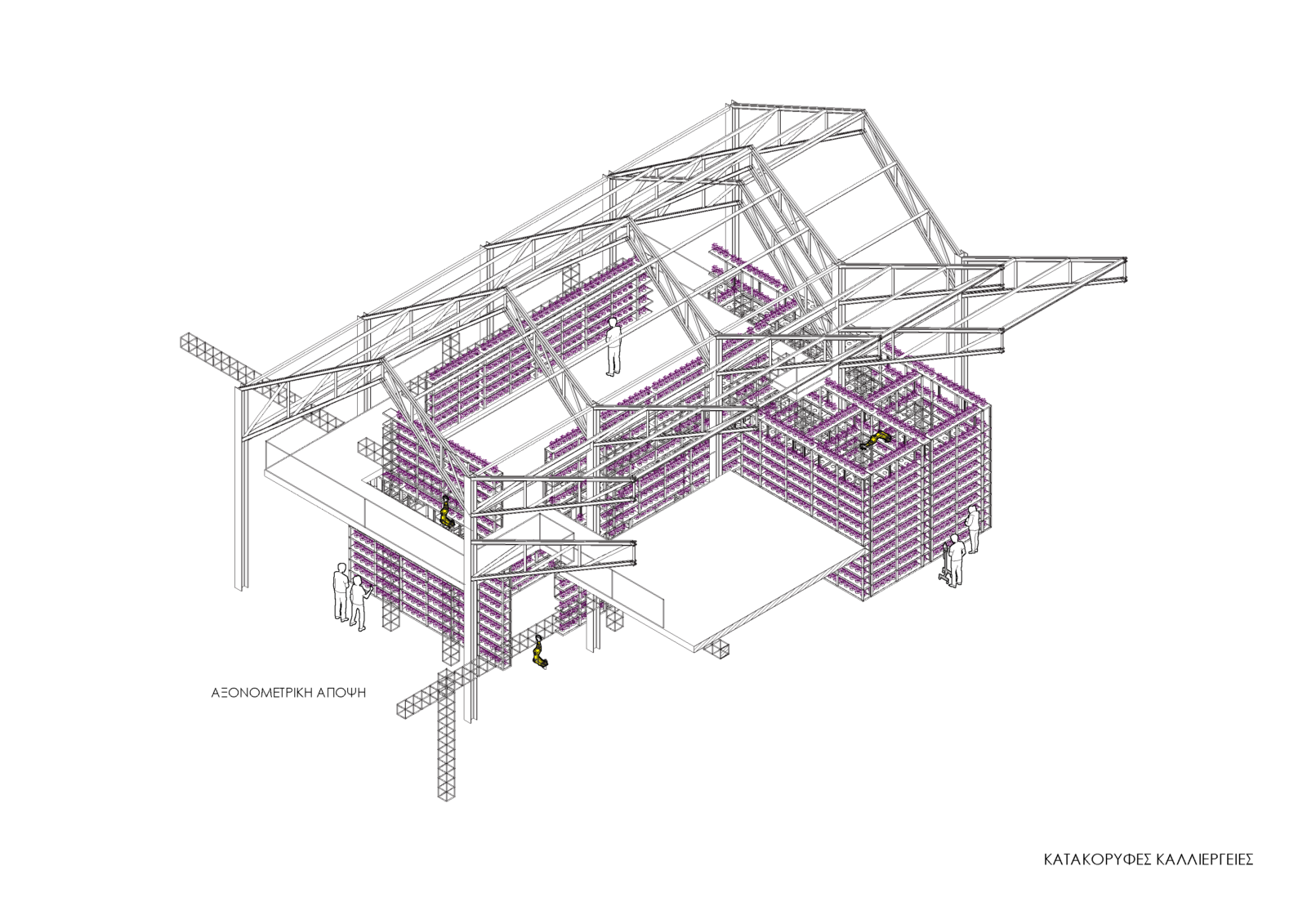
Στην παρούσα διπλωματική εργασία και με γνώμονα το παραπάνω ερώτημα διερευνάται η συμβίωση ανθρώπων και ρομπότ σε ένα αυτοματοποιημένο τοπίο παραγωγής και κατανάλωσης.
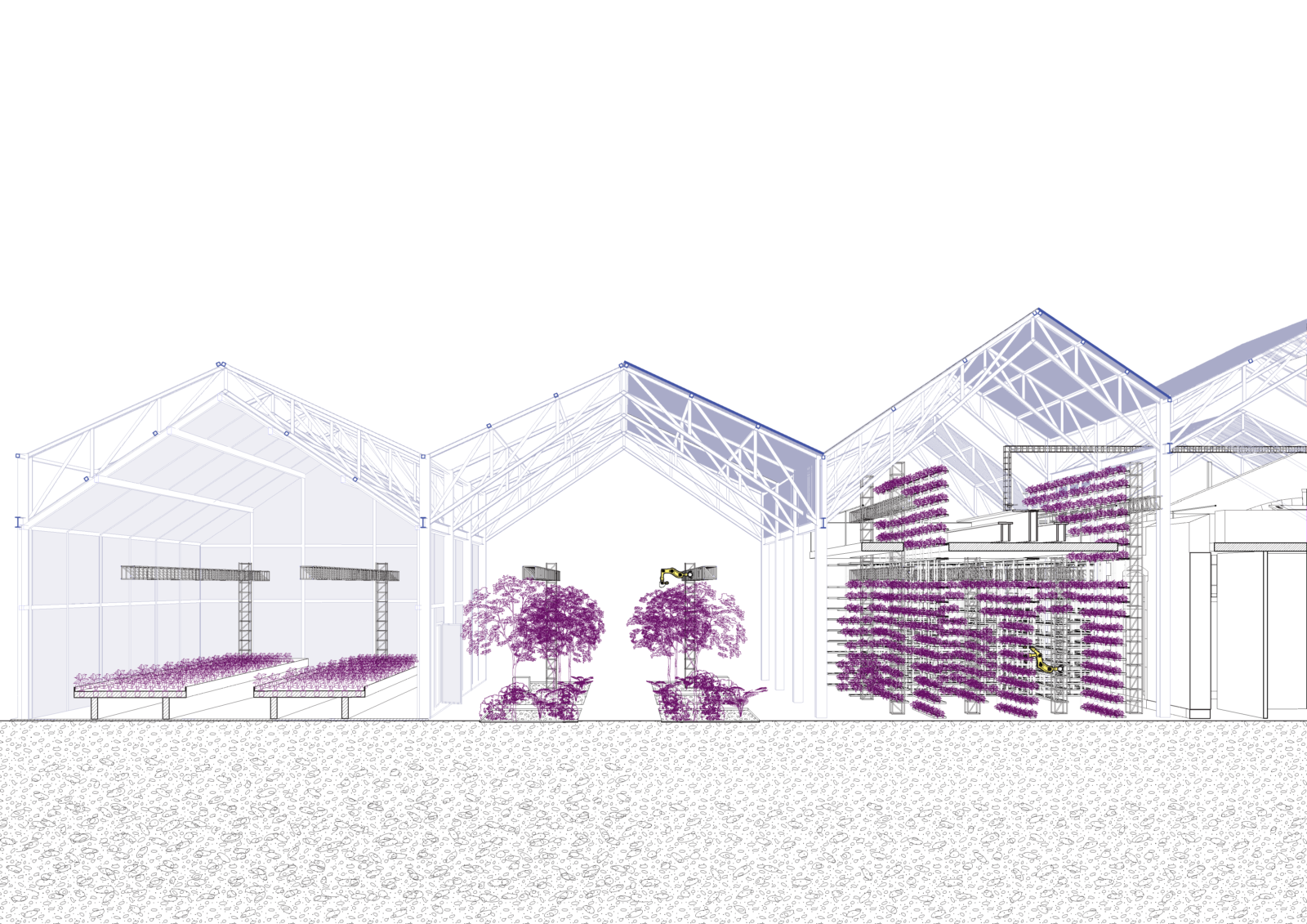
Πιο συγκεκριμένα, πρόκειται για μια βιομηχανική καλλιέργεια σε αστικό ιστό με νέες αυτοματοποιημένες μεθόδους.
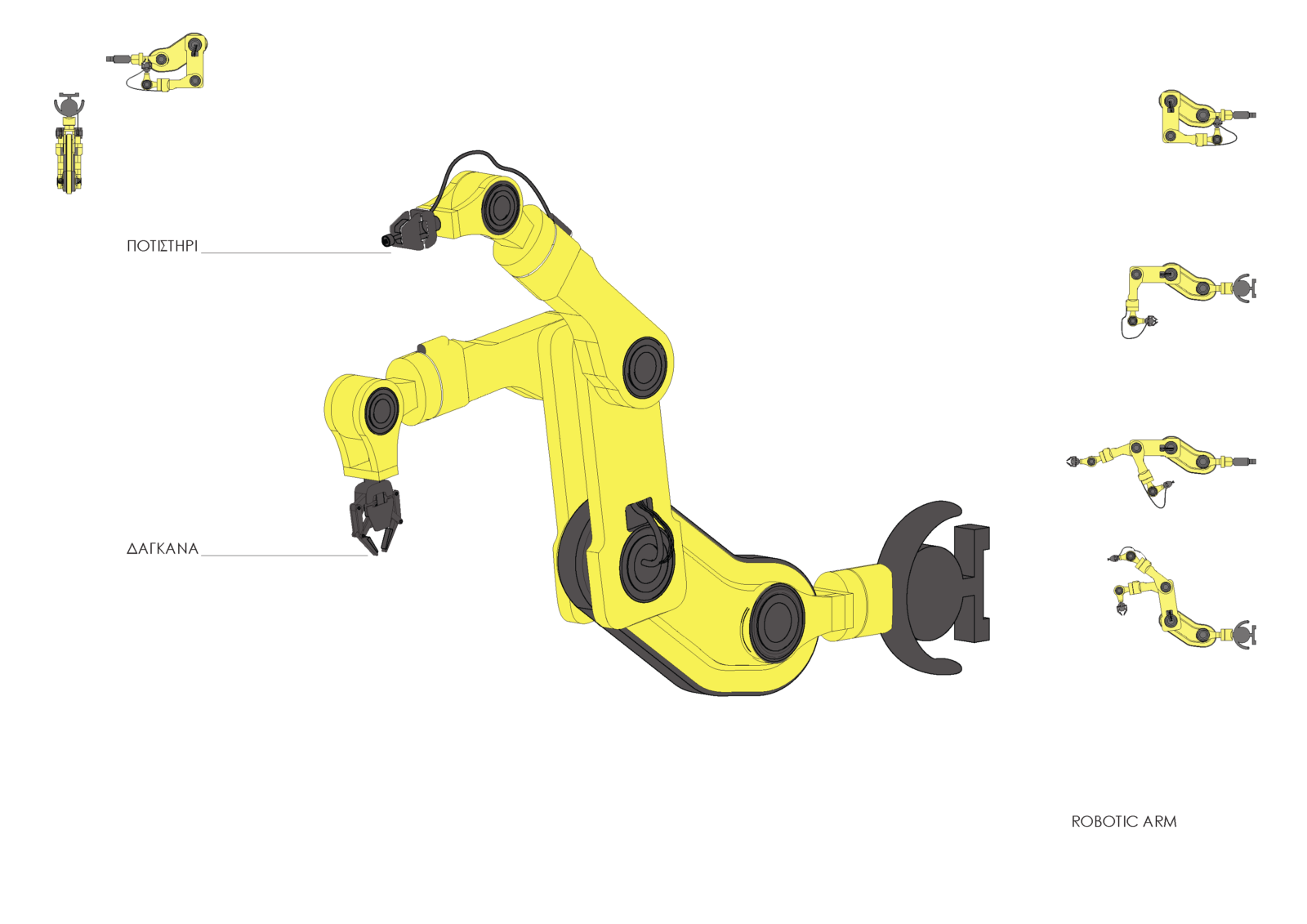
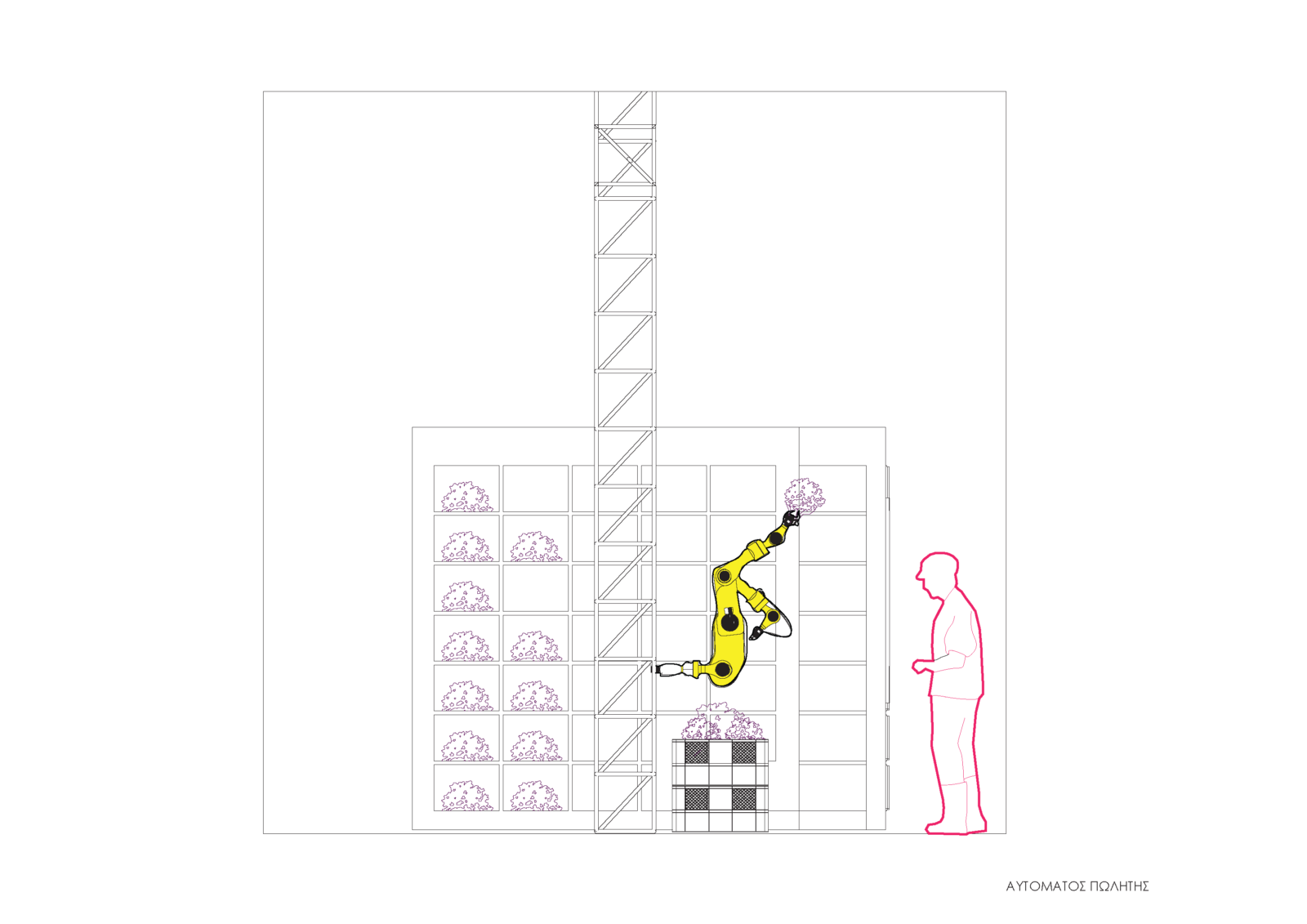
Η καλλιέργεια προσαρτάται στα κτήρια των Παλαιών Σφαγείων της Πάτρας μέσω μίας νέας κατασκευής. Στο μεταίχμιο παλαιού και νέου κτηρίου λειτουργεί μια αυτοματοποιημένη αγορά και ένας χώρος εστίασης.
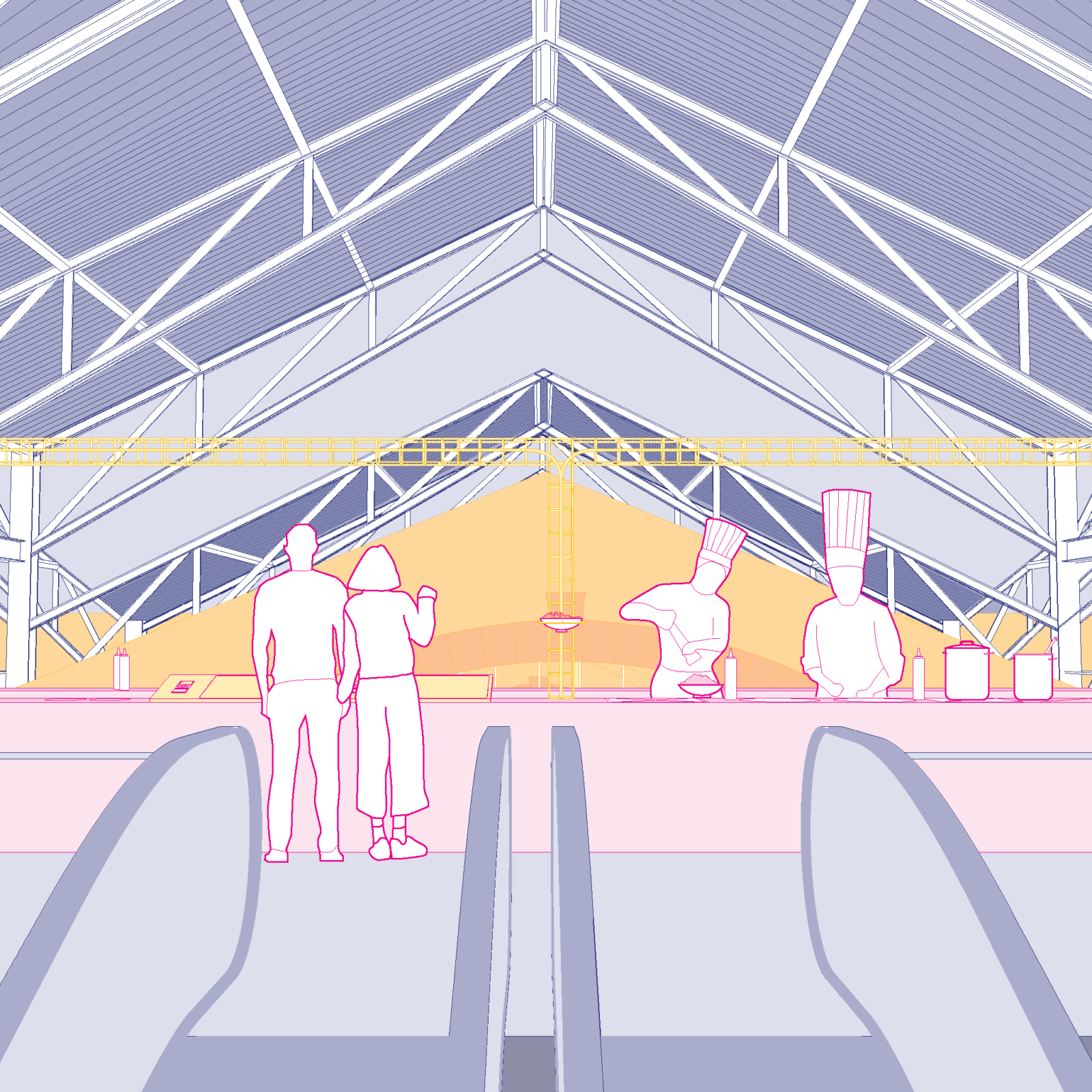
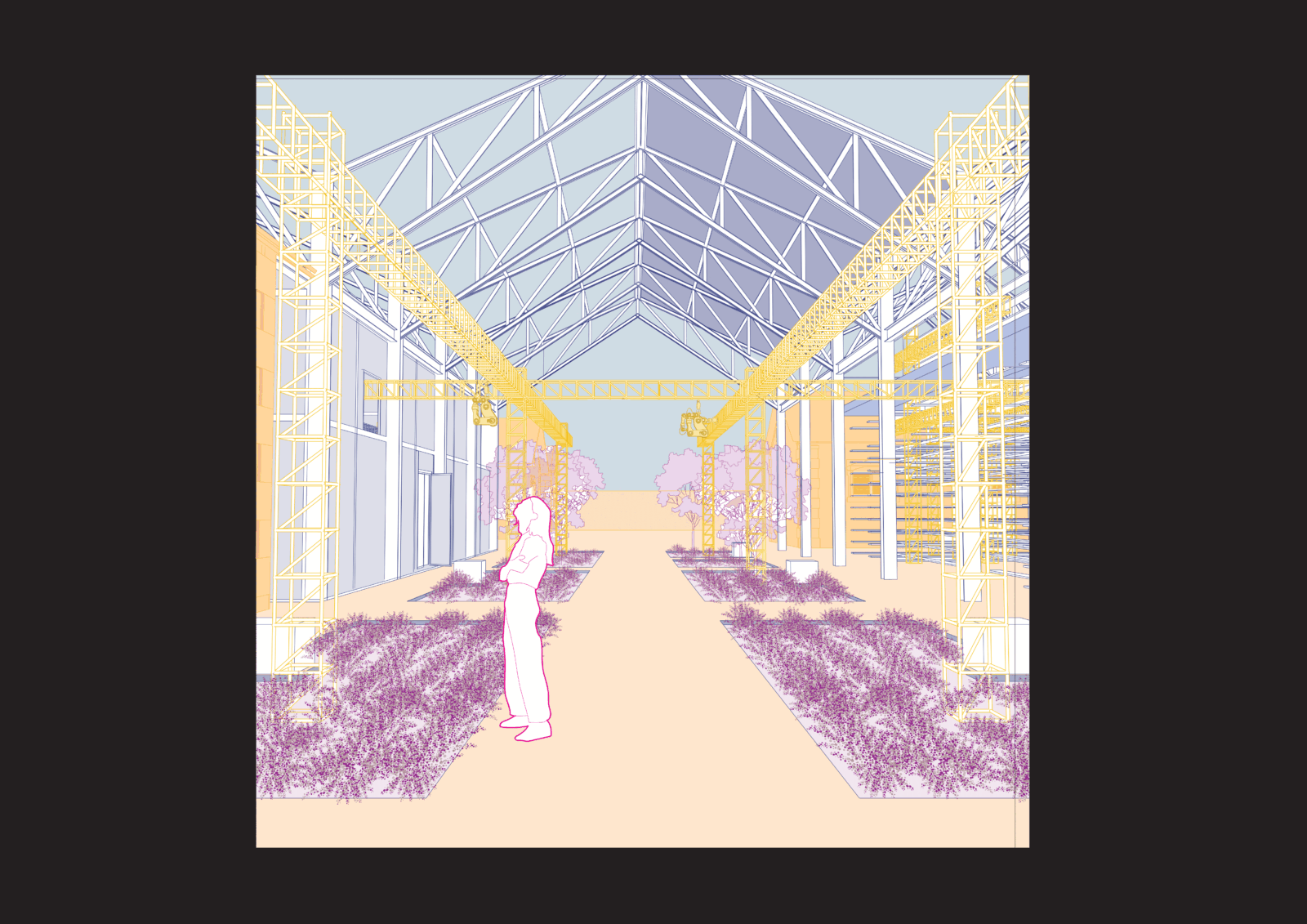
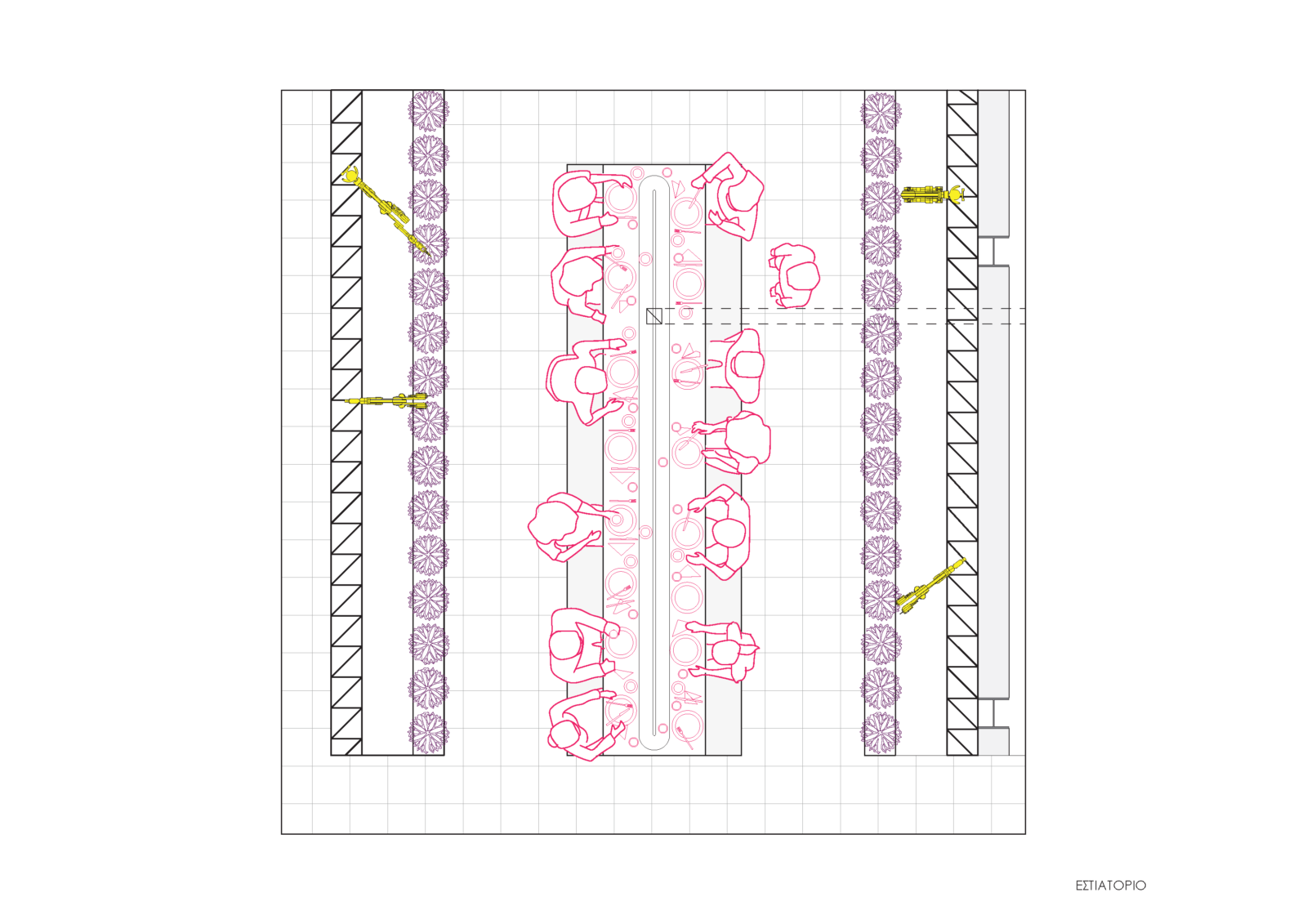
Στοιχεία Έργου
Τίτλος εργασίας: Automated foodscapes : επαναπροσδιορίζοντας γαστρονιμικά τοπία
Τυπολογία: Διπλωματική εργασία
Ομάδα φοιτητών: Σαπουντζή Αλεξάνδρα, Τόγια Μαργαρίτα
Επιβλέποντες: Πάνος Δραγώνας
Πανεπιστήμιο: Τμήμα Αρχιτεκτόνων Πανεπιστημίου Πατρών
READ ALSO: Wraxall Yard in Lower Wraxall, UK | Clementine Blakemore Architects